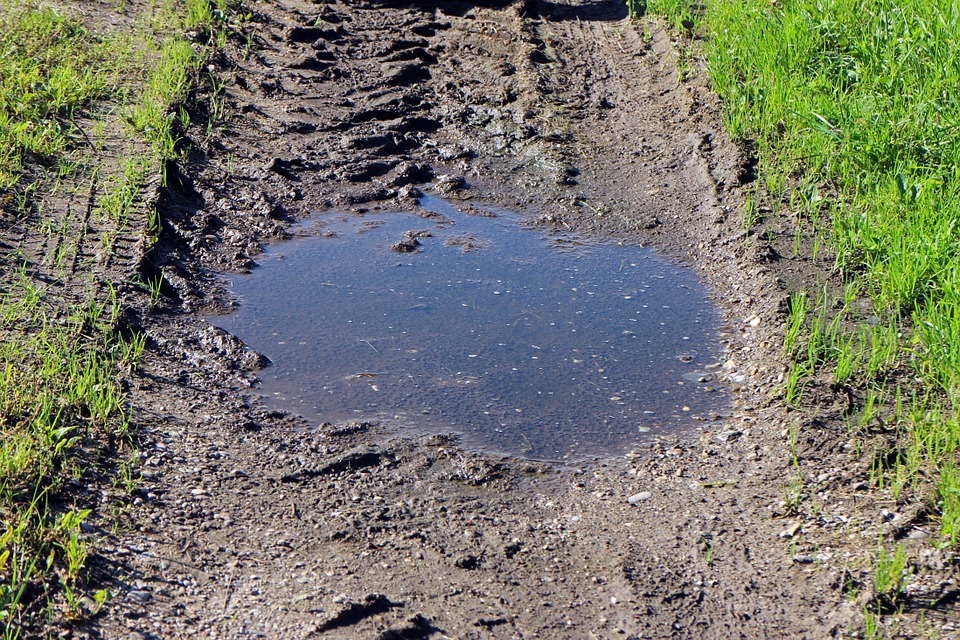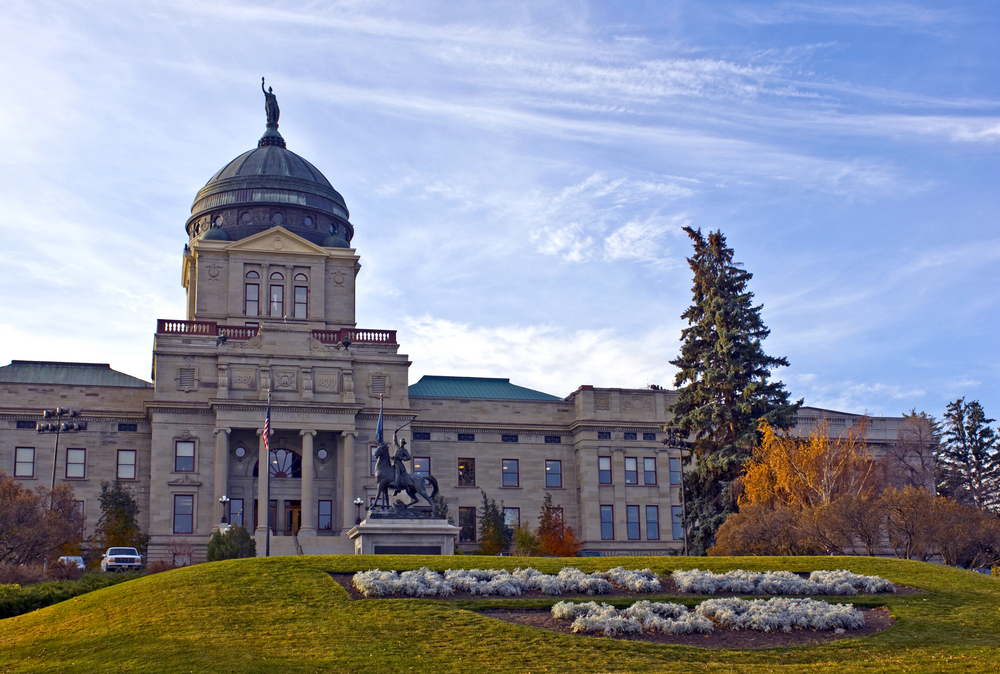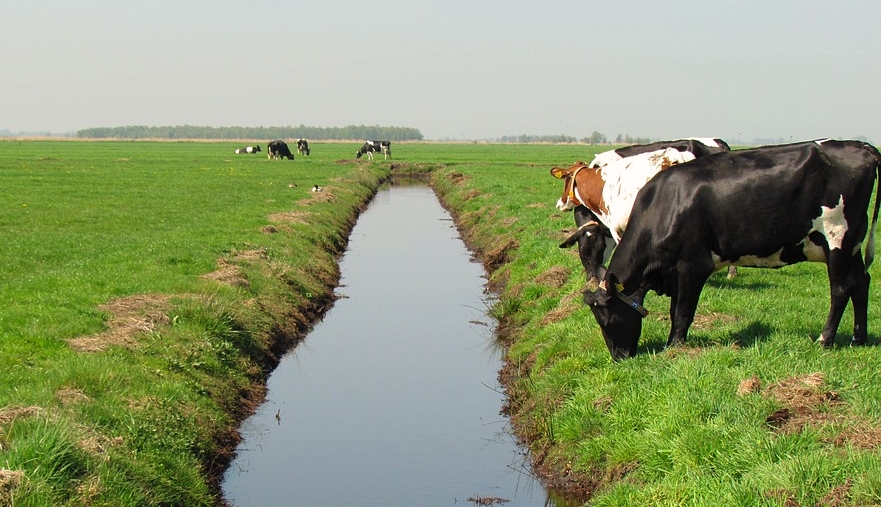A South Dakota farmer is suing the federal government after its Agriculture Department ordered him not to farm his farm. It seems the Washington bureaucrats have determined that a mud puddle in one of his fields is a protected “wetlands.”
Bob Unruh

A South Dakota farmer is suing the federal government after its Agriculture Department ordered him not to farm his farm.
It seems the Washington bureaucrats have determined that a mud puddle in one of his fields is a protected “wetlands.”
The fight is being taken up by Pacific Legal Foundation.
Arlen Foster’s action is against the federal department, Tom Vilsack as secretary, the Natural Resources Conservation Service and others.
He’s a third-generation farm working land on the plains of South Dakota. But in 2011, a division of the Department of Agriculture ruled that a small seasonal mud puddle on his farm really isn’t a mud puddle, but a “wetlands.”
That’s even though the government “has no authority to regulate such puddles,” the legal team said.
“The government lacks the authority to insist that he leave the mud puddle ‘muddy,’ so it’s threatening to take away Foster’s ability to participate in federal programs to achieve the outcome that it wants,” said Tony Francois, a senior attorney at Pacific Legal Foundation.
“But Foster has a right to use his property, and coercing him in this way violates his right.”
Foster has asked for a further review of the decision, but was refused. His lawsuit is over the “unconstitutional conditions the agency is attaching to his participation in crop insurance and other federal programs.”
The complaint charges the government “lacks the constitutional power to regulate the mud puddle or its use.”
The family’s connection to the farm dates to 1900 when Foster’s grandfather acquired the property with a $1,000 loan. In 1936 Foster’s father, Gordon, developed a tree belt by plowing the ground and planting each of the 2,000 trees by hand.
The belt was to prevent wind erosion and the Red Cedar, Cottonwood, Ash and Plum trees now host deer, squirrels and birds.
But “Snow accumulates under the tree belt during “South Dakota’s stormy winters.”
Then in the spring it melts, and drains across the field into a low area, were it becomes a “mud puddle.”
The puddle is not adjacent to other water, does not contribute to any body, has no connection to any navigable-in-fact water, the case explains.




Thanks for sharing this article about the determine Dakota puddle wetlands order farmer cultivating